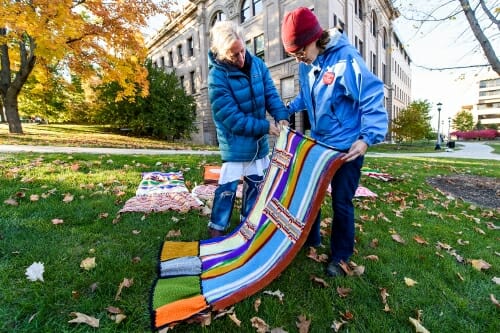

“There are plenty of art galleries in converted farm buildings,” which, while full of country charm, are not exactly appropriate for the caliber of exhibitions that she had in the works for the new 27,500-square-foot space. But as a painter and educator who worked for eight years on The Bascom’s staff when it was housed in two small rooms at the Hudson Library, Gorecki had a clear idea of what she didn’t want the place to become.

“When it got to the point where the construction crew would let us in without hard hats and hiking boots,” says the center’s artistic director, “I would literally just go to the main gallery with a sketchbook and try to get a feeling for the space.”Įven then, she could feel it would be special. The code starts running automatically after being written to the Uno FLASH.Kaye Gorecki remembers sitting on the floor of the cavernous 19th-century barn that would become the main building of The Bascom visual arts center when it held only the dust and debris of reconstruction. The Programmer window shows the code (in hexadecimal) and the overall progress. The example code is compiled and sent to the Uno (programmed to the FLASH memory with the help of a boot loader program already present in the device). I think we are ready to compile our code and program the Uno. In the BASCOM-AVR you need to go to Options>Programmer and select the Programmer (“ARDUINO”) and enter the COM-port number and speed (also tick Auto Flash).Ĭlick Ok to save the changes. The COM-port should be visible in the Windows Device Manager. The board will get the power from the USB cable so no special power supply is needed.

Anyway, let’s just follow the bootcamp for now.Īfter the Arduino IDE (and the USB driver) is installed I can connect the Arduino Uno board to my PC with the USB cable. It uses the C/C++ language instead of BASIC. Hmm, looks like we could use the Arduino IDE as well for the SW development. You can get the latest version from the page: Ok, let’s install the Arduino IDE which is another SW development environment especially designed for the Arduino microcontroller boards. The Elektor article instructs to install the Arduino IDE to get the driver. I created a new project in BASCOM-AVR (called LEDblink) and added the example file (LEDblink.bas). There is just one endless do-loop that turns the LED on and off (the LED is connected to Port B Pin 5). The Elektor article mentioned in the previous post presented a simple LED blinking program as the first Bascom project.


 0 kommentar(er)
0 kommentar(er)
